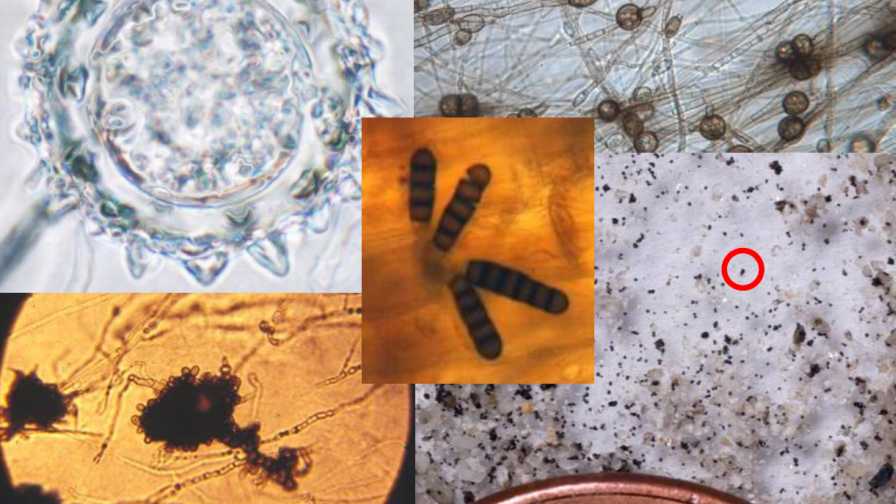Researchers discovered that ancient bacteria might survive near to the surface of Mars for considerably longer than previously thought in a new study that recreated the severe ionising radiation on Mars. This means that when the first samples from Mars return to Earth, scientists should be on the watch for ancient bacteria and bacteria remains.

These discoveries suggest that if life ever evolved on Mars, we may be able to detect its biological remains in future missions such as the EcoMars (Rosalind Franklin rover) and the Mars Life Explorer, which will drill two metres below the planet’s surface in search of life.
Furthermore, because certain kinds of bacteria can survive Mars’ harsh environment, astronauts and space tourists may unintentionally infect Mars with the bacteria they carry with them.
Mars has an incredibly hostile environment that should make life impossible. The planet is dry, with temperatures averaging -63 degrees Celsius in the mid-latitudes. To make matters worse, the planet is constantly bombarded by cosmic radiation and solar protons.
“Our model organisms serve as proxies for both forward and backward contamination of Mars, both of which should be avoided,” said Michael Daly, lead author of the study, which was published in the journal Astrobiology. Daly is a pathology professor at Uniformed Services University of Health Sciences (USU) and a member of the National Academies’ Committee on Planetary Protection.
“We came to the conclusion that terrestrial contamination on Mars would be virtually irreversible – spanning thousands of years.” This could make scientific efforts to find Martian life more difficult. Similarly, if bacteria originated on Mars, they may have survived to the present day. Returning Mars samples could contaminate Earth, according to Brian Hoffman of Northwestern University. Hoffman is the study’s senior co-author.
Daly, Hoffman, and the rest of the research team initially discovered the ionising radiation survival limitations of microbial life in order to examine if life might survive in the harsh circumstances of Mars. They then subjected six distinct terrestrial bacteria and fungi to conditions identical to those found on Mars’ surface. They accomplished this by freezing them and bombarding them with gamma rays.
Based on the results of these simulation studies, the researchers determined that some terrestrial bacteria could thrive on Mars for hundreds of millions of years. Deinococcus radiodurans, a very tough bacteria, seems particularly well-suited to life on Mars. This bacterium survived large quantities of radiation when frozen during the experiment.
The bacterium’s exceptional durability is attributed to its genetic structure, according to the researchers. The chromosomes and plasmids of Deinococcus radiodurans are connected together, which preserves them in perfect alignment and ready for repair after strong radiation.
This indicates that if a comparable bacteria formed on Mars when there was still water on the planet, some of its vestiges could still be dormant beneath the Martian surface.











